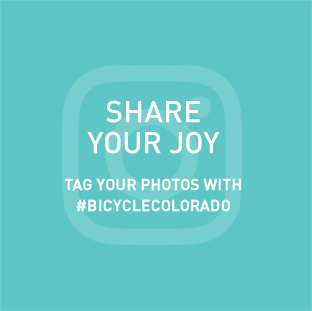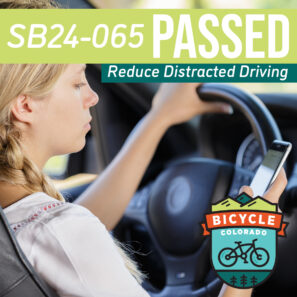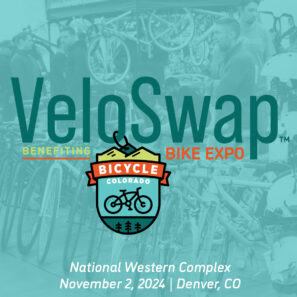Guest Post: Safe Routes to School in the time of COVID
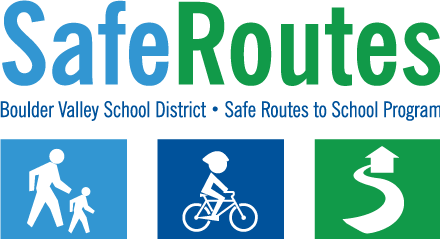
This guest post is written by Amy Thompson, the Boulder Valley School District’s Safe Routes to School Co-Coordinator.
The Boulder Valley School District (BVSD), like all other school districts across the state and the nation, is having an unprecedented start to the school year due to the COVID-19 pandemic. While BVSD kicked off the year on August 26th with 100% home learning, our district, like every other school district, has had the Herculean task of planning operations for each of the five stages of our return to in-person learning.
One of the biggest hurdles to plan for during each proposed phase is student transportation. There are limitations on how many students we can put on a bus while maintaining appropriate physical distancing. After extensive research, collaborating with other school districts, and consulting with public health and national transportation advisors, one trend is clear: biking and walking are some of the safest modes of transportation to limit the spread of the virus.
Armed with that information, our BVSD Safe Routes to School team, housed in the BVSD Transportation Department, brainstormed lots of ideas for kids to use active transportation during the various phases of learning during Covid-19. Read on for a few of the ideas we’re putting into practice now.
Keeping kids active during home learning
Starting the school year with our 30,000+ students at home meant we didn’t have to immediately worry about how our students would get to our school buildings. We still wanted to provide resources to families to get their kids outside and moving as an antidote to all of the screen time involved in online instruction.
Movámonos! Let’s Get Moving! Rewarding kids for exercise at home
The BVSD has a long-established program called Trip Tracker, which rewards kids for using active transportation, like biking and walking, to school.
In a normal year, students earn Trip Tracker Dollars by reporting all of their active transportation trips to school via a monthly Google survey. Students then receive Trip Tracker Dollars that they can spend like cash at local businesses or donate to a list of local nonprofits. In fact, this past spring, students donated over $13,000 to local charities!
During home learning, we decided to launch a new twist to the program called “Movámanos! Let’s Get Moving!” where students will be able to earn Trip Tracker dollars for up to two 30-minute periods of exercise, per school day. As students return to in-person learning in the school buildings, they will once again earn Trip Tracker Dollars for using active transportation to and from school. The response from families has been overwhelmingly positive:
“Thanks for doing this! This kind of motivation will help keep my boys moving.”
“We have decided to bike to school and back home each morning before school to help wake-up our brains for the day.”
A new kind of garden is popping up around our district
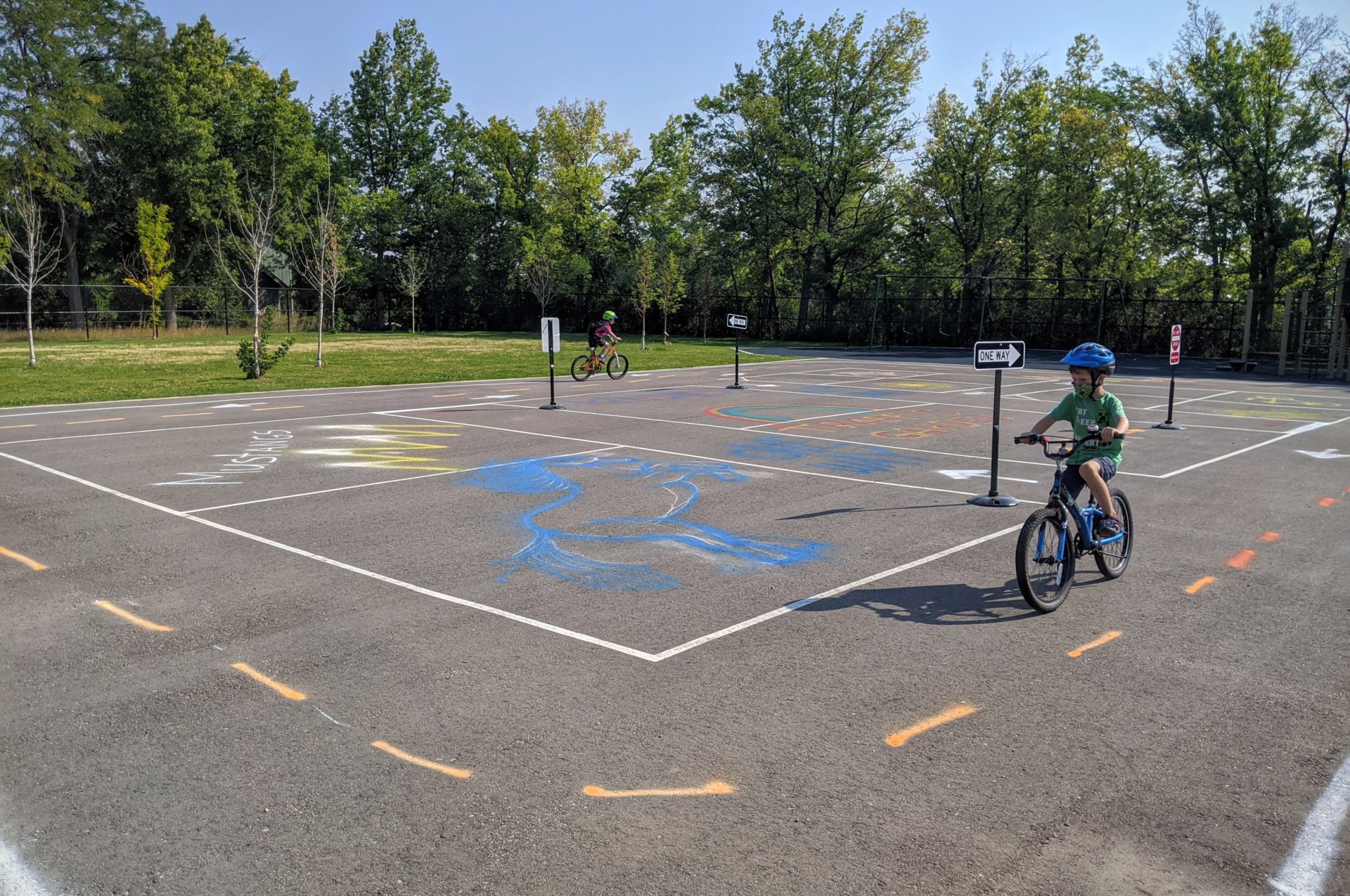
Over the past few weeks, a team of BVSD bus drivers has installed 2-D “pop-up” traffic gardens at several BVSD school playgrounds and basketball courts. Made with spray chalk and stencils, these temporary traffic gardens look like a miniature world of streets for children to navigate. Each traffic garden features 4-foot travel lanes and various elements they may encounter on their way to school, such as stop signs, crosswalks, one-ways and roundabouts.
The idea is to provide a safe space for kids to practice bicycle and pedestrian skills while encouraging kids to venture outside and get some fresh air. Growing up understanding how to utilize streets and infrastructure is an important skill for children to gain independence as they get older and start to travel to school on their own.
Encouraging families to choose active transportation when we return to schools
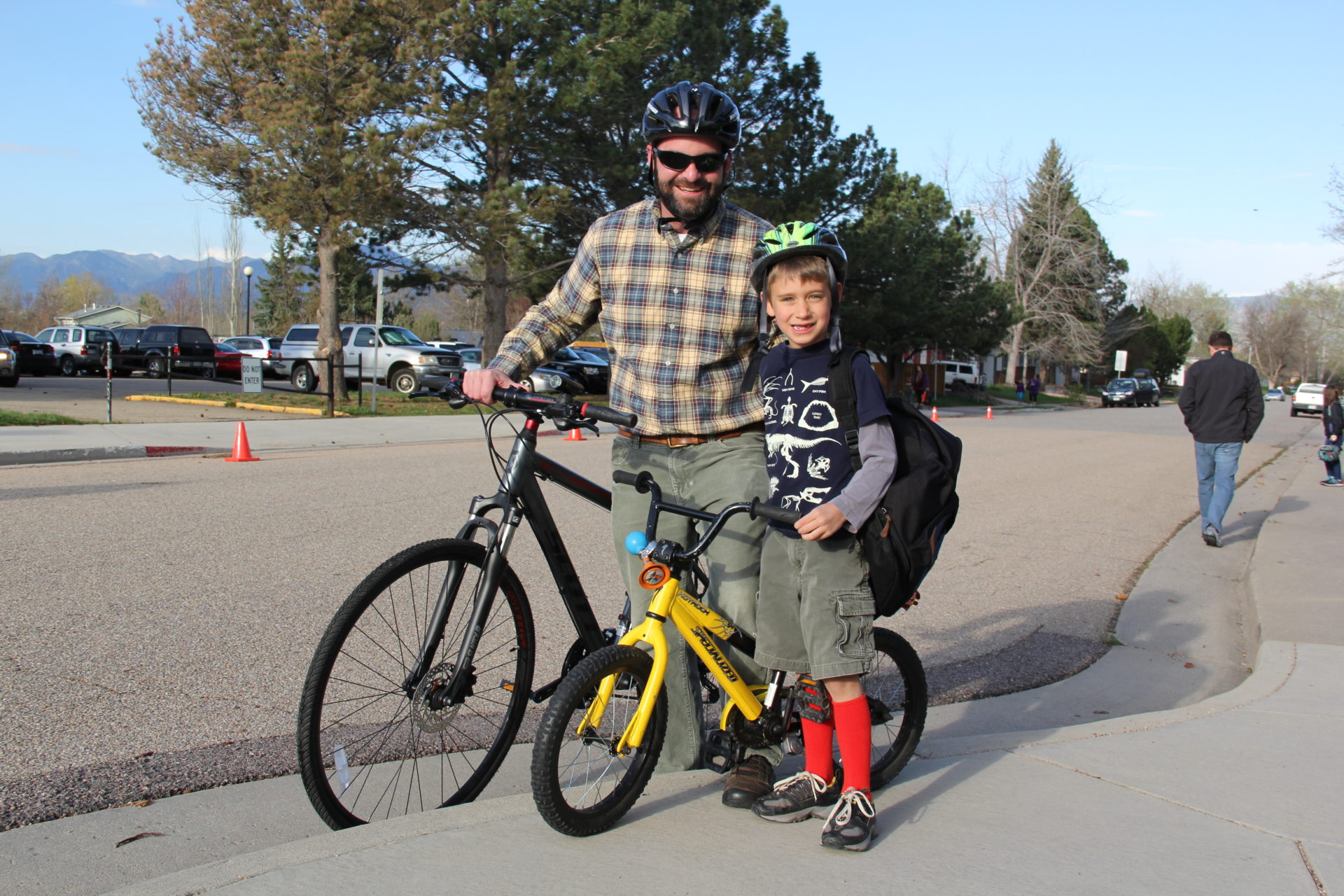
As our district looks ahead to bringing back students to in-person learning, an enormous concern is that families will opt to drive their kids to school. We have had to come up with strategies to flatten the curve of anticipated traffic congestion and tailpipe pollution at our front doors. The capacity of our buses is limited by physical distancing requirements and families naturally hesitate to put their kids on a bus during a pandemic.
We needed to find ways to support families that had never before considered the original forms of socially distant transportation to school, walking and bicycling. In addition to the BVSD Tracker encouragement program, we have assembled the following tools for families:
Travel Maps
Working with a CU graduate student and City of Boulder intern, we designed travel maps for schools that highlight recommended biking and walking routes to school along with featuring infrastructure elements such as crosswalks, signaled intersections, pedestrian flashing lights, underpasses and more. We have found that presenting safe route information visually resonates more powerfully with parents than the written word.
The Three Block Challenge
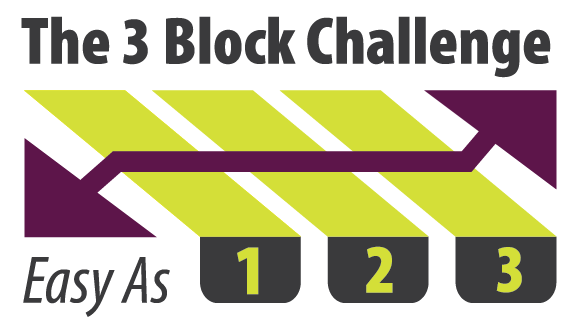
For families who live too far to reasonably bike or walk all the way to school, we are encouraging them to take The Three Block Challenge, that is, park about ¼ mile from school and walk or bike the rest of the way. The idea is to keep traffic danger and pollution away from the front doors of our schools while encouraging families to reap the brain and body benefits of getting a little exercise before school.
Crossing Guards
As a complement to our biking and walking encouragement, we put together a toolkit for school staff and volunteers who want to quickly assemble a crossing guard program. We stocked up on orange vests and stop-sign paddles and created an online resource to get volunteers trained and monitoring crosswalks ASAP. We have found adult presence is key to easing parents’ concerns about letting their children walk and bike to school.
During this pandemic, we have been compelled to look at school operations in a new way. As we move through the various phases of bringing students back to the classroom, we hope that the resources and encouragement put in place now will inspire families to make permanent changes to how they look at school transportation and in the long run embrace the benefits of walking and bicycling to school.
Thank you to Amy Thompson and the Boulder Valley School District for helping children and families stay active during this unusual school year.
If you like this post, please join as a member or donate to support our work to make bicycling in Colorado better for everyone—of all ages.
Leave A COMMENT
Our twitter feed is unavailable right now.





